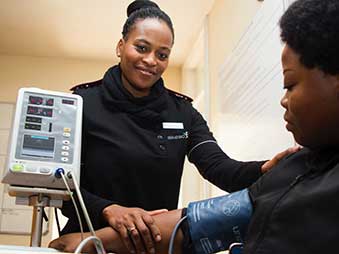Largest Non-profit Health Care Delivery System
Challenge
Our client is the largest non-profit, health care delivery system in the U.S. In order to expand access to affordable quality care in the context of the Affordable Care Act (ACA), the client sought to build its internal leadership capacity to integrate behavioral health practice in a patient-centered medical home model.
As exciting as this model was, and even with the backing of a large CMS grant, there was considerable skepticism at the onset and initial stages of implementation. Not only was it unchartered terrain to use the patient-centered medical home model in this way, but financial barriers were high and the relative lack of empirical data aroused tension amongst groups within the system who were used to dealing with evidence-based practice.
Interventions
To initiate the project, the leadership team identified a team of doctors, health coaches, social workers, and administrators to champion the model within primary care clinics. CLA consulted on the initial implementation stages by helping the broader team:
- Diagnose the organizational challenges, competing priorities and other potential obstacles to implementation;
- Connect the strategic goal of the initiative to the cultural and systemic changes needed;
- Practice a set of tools for implementing pilots in the primary care clinic, as well as mobilize support from influential administrators and doctors.
Impact
The integrated behavioral health patient-centered medical team approach was piloted in three key regions, with the client standing to reap $14.1 million annual cost savings. The bigger impact however was creating an ongoing capacity within the company for achieving sustainable systemic change.

